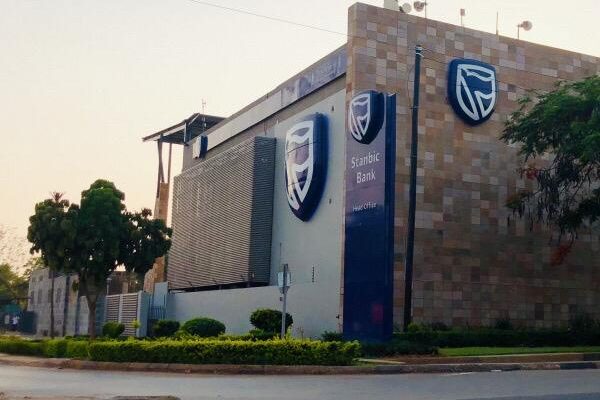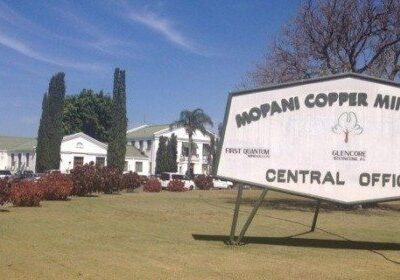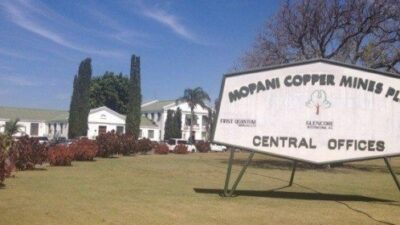Business activity in Zambia has risen at fastest pace since May 2018 and building on the previous month’s momentum, with output and new orders each increasing at sharper rates.
This is according to the Stanbic Bank Purchasing Managers Index (PMI) for February 2023 made available to Zambia Monitor.
The headline PMI rose to 51.3 in February, up from 50.6 in January and signalling a second successive monthly strengthening of business conditions in the private sector.
Read more: Zambia’s private sector returns to growth, first time in 4 months —Stanbic PMI
It stated that the improvement was modest but the most pronounced since December 2021.
Stanbic Bank Head of Global Markets at Stanbic Bank Victor Chileshe said: “Building on the previous month’s momentum, business activity expanded solidly in February, rising for the second consecutive month and at the fastest pace since May 2018.”
Chileshe indicated that growth was signalled across four of five monitored sectors, driven by improving demand and higher customer numbers which accelerated an increase in output and new orders.
“Signs of cost pressures persisted as purchase prices increased at a fast pace largely due to currency weakness and a rise in fuel prices,” he said.
It further stated that companies raised their purchasing activity, but employment was scaled back slightly due to cost considerations.
“Indeed, purchase prices increased at the fastest pace in more than six years, largely reflecting currency weakness,” the survey stated.
This, it stated, that Business activity expanded solidly in February, rising for the second month in a row and at the fastest pace since May 2018.
Growth was signalled across four of the five monitored sectors, the exception being wholesale and retail.
According to respondents, improving demand and higher customer numbers contributed to the increase in output, with new order volumes also benefitting from the securing of new customers.
“As was the case with activity, new orders rose for the second consecutive month. The rate of expansion was at a one-year high.
“Companies responded to higher new orders by increasing their purchasing activity. The rise was slight, but the sharpest in nine months. Purchased items were often used directly to support output growth, meaning that stocks of inputs decreased,” it indicated.
It stated that employment was also down in February, following a slight rise in January, where a fall in staffing levels was recorded, this was often linked to cost considerations.
There were signs of cost pressures intensifying during the month, particularly with regards to purchases.
Purchase prices increased at the fastest pace since December 2016.
Currency depreciation was the main factor leading purchase costs to increase, while there were also mentions of higher fuel prices.
It stated that staff costs were also up, rising for the eleventh successive month.
“The rate of inflation quickened, but remained modest. Panellists often linked higher wages to increasing living costs.
“With input prices increasing at a much sharper pace, companies raised their own selling prices accordingly,” it indicated.
The rate of output charge inflation hit a 19-month high, with prices up across each of the five broad sectors covered by the survey.
Suppliers’ delivery times lengthened marginally, with respondents pointing to logistical difficulties at suppliers.
This followed a slight improvement in vendor performance in January.
It further indicated that business confidence was unchanged from the previous survey period.
Close to 30 percent of respondents predicted a rise in output over the coming year, often linked to optimism around the prospects for the wider Zambian economy.
WARNING! All rights reserved. This material, and other digital content on this website, may not be reproduced, published, broadcast, rewritten or redistributed in whole or in part without prior express permission from ZAMBIA MONITOR.












Comments